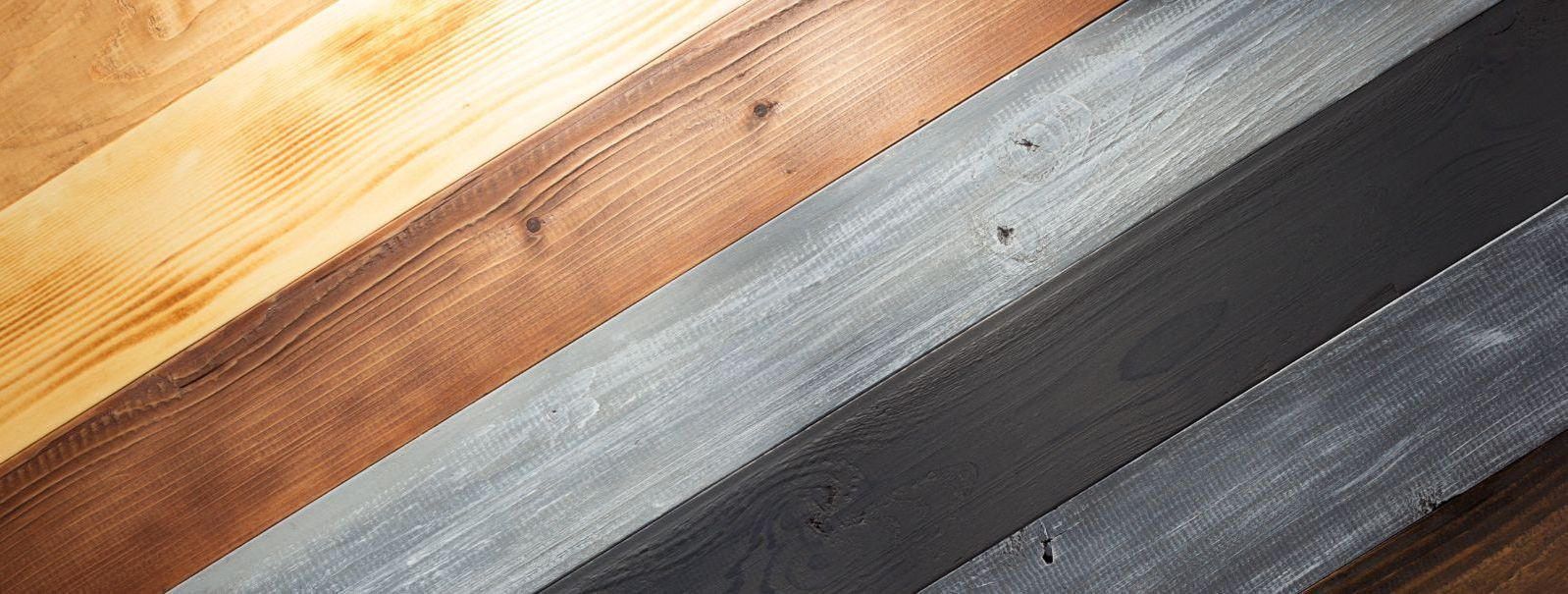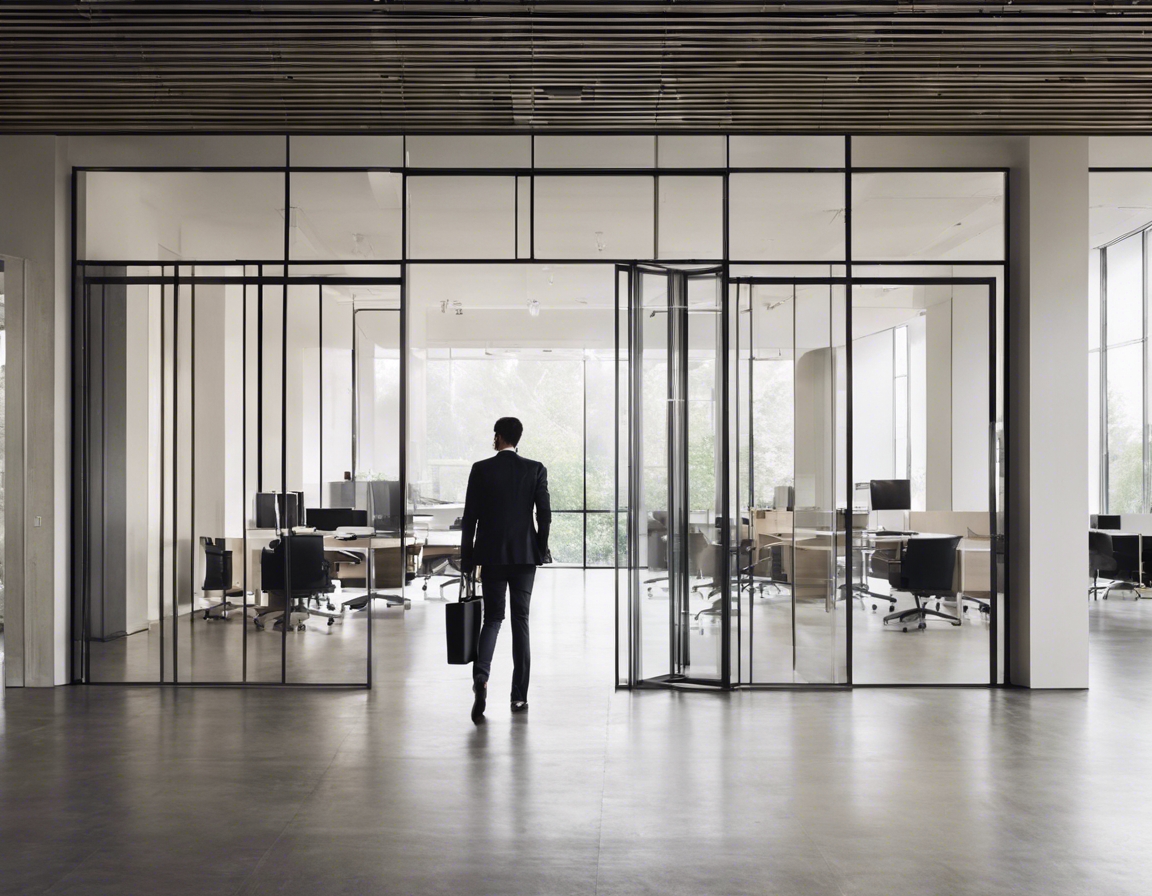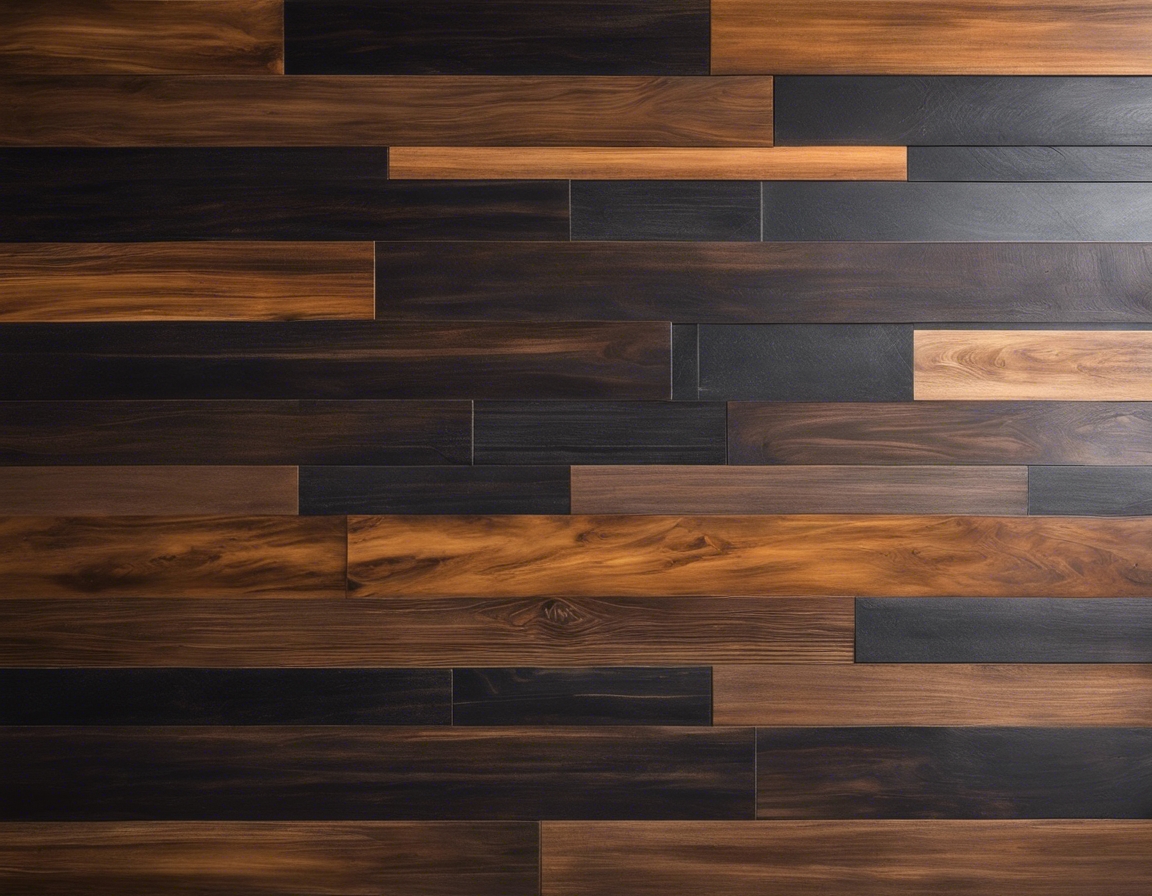The future of construction: sustainable building materials
Sustainability in construction involves creating structures that are environmentally responsible and resource-efficient throughout their life cycle. This includes the choice of materials, the construction process, the building's operation, and its eventual demolition and recycling.
As the construction industry faces increasing pressure to reduce its carbon footprint, the role of sustainable building materials becomes more critical. These materials help mitigate environmental damage, conserve natural resources, and create healthier living spaces.
Emerging Sustainable Building Materials
Materials such as recycled steel, glass, and plastic are being repurposed for construction, reducing waste and the need for virgin resources.
Materials like bamboo, straw bales, and hempcrete are gaining popularity due to their renewable nature and low environmental impact.
This innovative concrete contains bacteria that produce limestone to fill cracks, significantly extending the material's lifespan.
3D printing technology allows for the precise use of materials, minimizing waste and enabling the use of eco-friendly composites.
Benefits of Using Sustainable Building Materials
Using sustainable materials can drastically reduce greenhouse gas emissions, water usage, and energy consumption in the construction process.
Although some sustainable materials may have higher upfront costs, their durability and efficiency can lead to long-term savings.
Materials that are non-toxic and have better thermal properties contribute to a safer and healthier indoor environment.
Challenges and Considerations
While the demand for sustainable materials is rising, their cost and availability can be a barrier to widespread adoption.
Building codes and industry standards are evolving, but there can be challenges in getting new materials approved for use.
There is a need for education and training to ensure that construction professionals are equipped to work with new sustainable materials and practices.
Innovations in Sustainable Construction Practices
Certifications like LEED and BREEAM set standards for sustainability and encourage the adoption of green building practices.
These methods allow for more controlled use of materials and reduce construction waste.
Designing buildings to be more energy-efficient reduces the overall environmental impact and operational costs.






Comments (0)